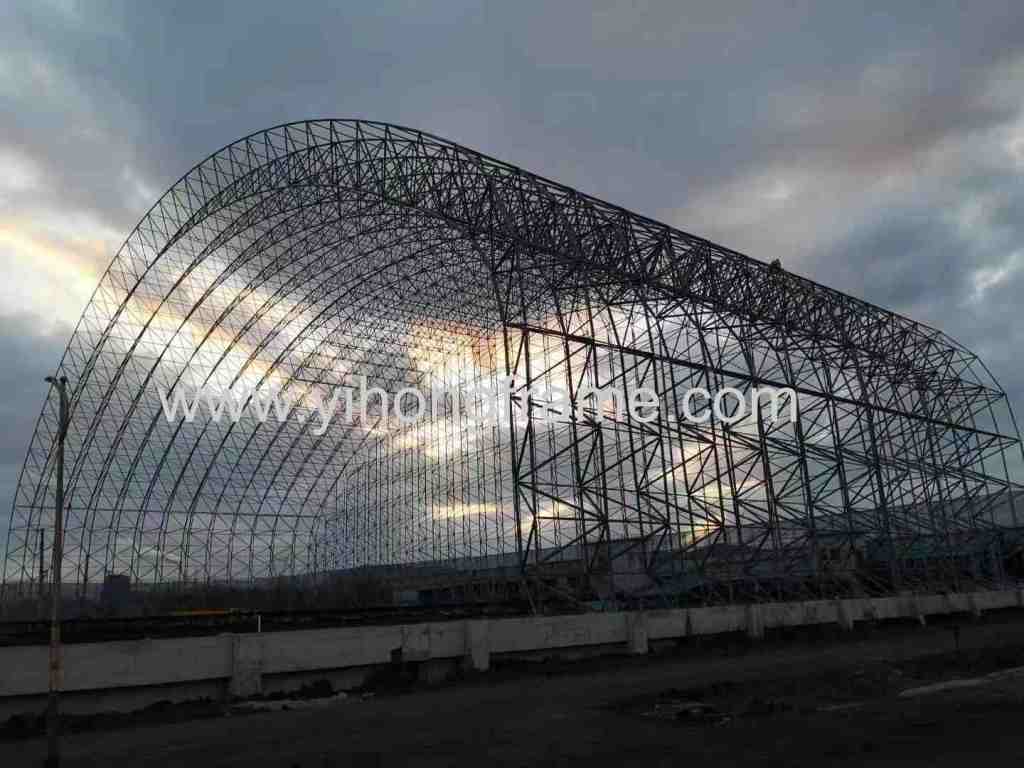1044633502@qq.com
(0)
- Home
- Products
- About Us
- Contact Us
- Construction Case
-
Certificates
- AAA Service-Oriented & Creditworthy...
- AAA Integrity Operation Model Unit...
- AAA Integrity Operation Model Unit...
- AAA Credit-Establishing Enterprise...
- AAA Credible Supplier Enterprise...
- Quality Management System Certification...
- Utility Model Patent Certificate
- AAA Credit Enterprise for Bidding
- Integrity Entrepreneur Certification
- Integrity Manager Certification
- Work Safety Standardization Certificate
- AAA Quality Service Integrity Enterprise...
- About Yihong Space Frame
- Home
- Products
- About Us
- Contact Us
- Construction Case
-
Certificates
- AAA Service-Oriented & Creditworthy...
- AAA Integrity Operation Model Unit...
- AAA Integrity Operation Model Unit...
- AAA Credit-Establishing Enterprise...
- AAA Credible Supplier Enterprise...
- Quality Management System Certification...
- Utility Model Patent Certificate
- AAA Credit Enterprise for Bidding
- Integrity Entrepreneur Certification
- Integrity Manager Certification
- Work Safety Standardization Certificate
- AAA Quality Service Integrity Enterprise...
- About Yihong Space Frame

